Commonly used valve introduction
The valve is a pipeline accessory, used to open and close the pipeline and control the flow of fluid medium in the pipeline. The functions of the valve in the pipeline include cutoff, adjustment, diversion, prevention of backflow, pressure regulation, shunting, or overflow and pressure relief. There are many types of valves. As the control components of fluid control systems, there are many varieties and specifications from the simplest butterfly valves, gate valves and other commonly used valves in extremely complex automatic control systems.
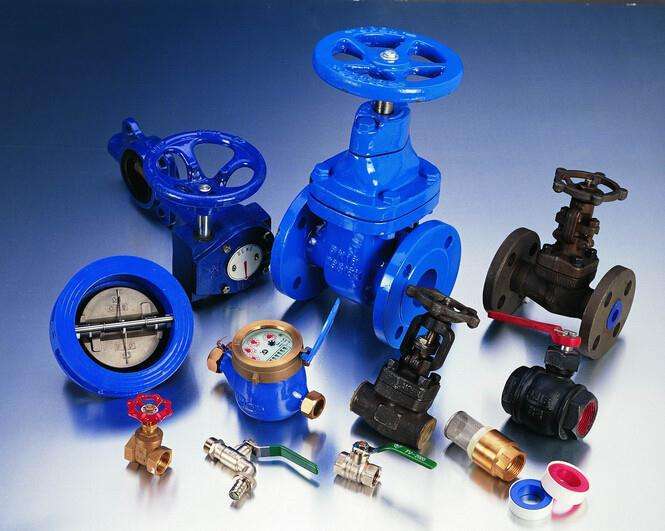
The valve can be used to control the flow of various types of fluids such as air, water, steam, various corrosive media, mud, oil products, liquid metals and radioactive media, and the application range is across various industries. Although there are many types of valves, what are the commonly used valves? This article introduces you one by one:Butterfly valve, gate valve, check valve, ball valve, globe valve.
Butterfly valve
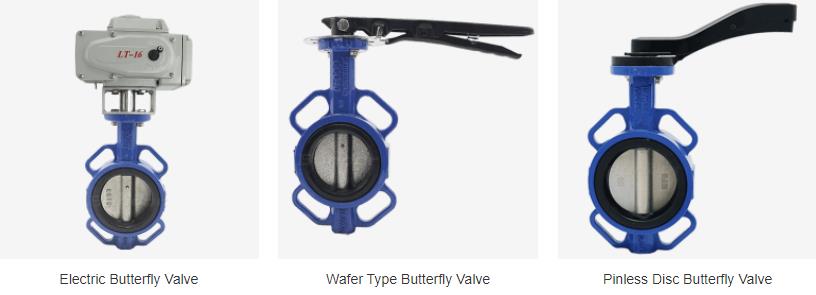
The butterfly valve, also known as the flap valve, is a simple structure and easy-to-use regulating valve. The butterfly plate in the valve body of the butterfly valve is the closing part of the valve and has a disc shape. The working principle is that the butterfly plate rotates around the valve shaft to realize the valve. Opening and closing, under normal circumstances, the disc is driven by the valve stem and rotated 90 ° to complete the opening and closing once to achieve the purpose of interception. If you change the deflection angle of the butterfly plate, it can also be used as flow control. Under normal circumstances, butterfly valves are commonly used to control the switching of low-pressure pipeline media.
Wafer type butterfly valve and flange type butterfly valve are two connection types of butterfly valve. The butterfly valve is suitable for making large-caliber valves. It is suitable for natural gas, liquefied petroleum gas, city gas, hot and cold air, chemical smelting and environmental protection, power generation and drainage engineering. Pipes in the system that transport various corrosive and non-corrosive fluid media are used to regulate and intercept the flow of media.
Gate valve
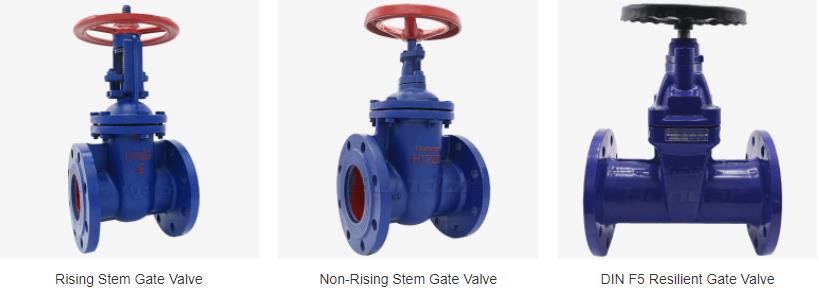
The gate valve is usually used for interception in the pipeline system. Its opening and closing parts are gates. The direction of movement of the gates is perpendicular to the direction of medium flow in the pipeline. The gates rise and the valve opens to realize the flow of the pipeline medium. The valve is closed and the pipe medium flow is cut off. The gate valve can only be fully opened or fully closed. It can be used to cut off the circulation of the medium. It cannot be used for adjustment and throttling. Therefore, the gate valve is generally used in the working conditions of keeping the gate valve gate fully open and fully closed, and does not need to be used in a pipeline environment that is often opened and closed.
Gate valves can be divided into wedge gate valves and parallel gate valves according to the structure of the gate plate. Wedge gate valve can be divided into three types: single gate valve, double gate valve and elastic gate valve.
Check valve
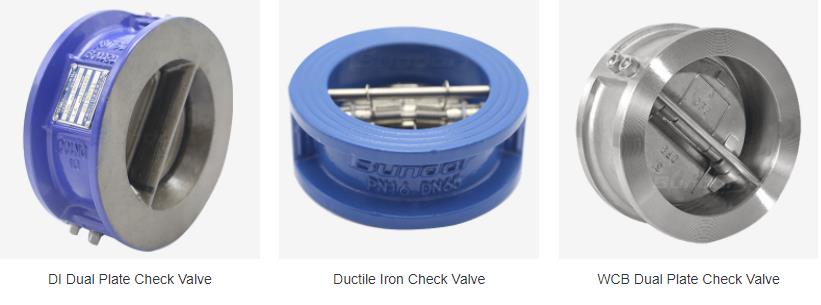
The check valve is also a check valve or a check valve, which is an automatic valve, which means that the check valve works automatically and does not require manual operation. When the medium flows through the check valve, it is stopped under the pressure of the fluid medium. The valve flap of the return valve automatically opens and the medium passes; after the flow of the medium is cut off, the valve flap automatically closes under the force of its own spring device to prevent the medium from flowing backward and back.
Check valves are only suitable for installation in pipes where the medium flows in one direction. The main function is to prevent the medium from flowing backward, to prevent the pump and drive motor from reversing, and to release the medium in the container.
Globe valve
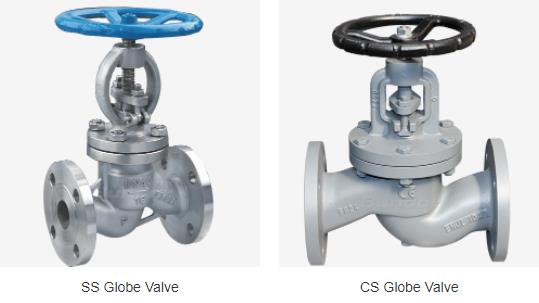
The shut-off valve, also known as a shut-off valve, belongs to a forced-seal valve. That is to say, unlike the automatic operation of a check valve, when the shut-off valve is closed, it must apply pressure to the disc to force the sealing surface to not leak. When the medium enters the valve from below the disc, the flow direction changes. Therefore, the resistance to be closed when operating the shut-off valve is the friction between the valve stem and the packing, and the thrust generated by the pressure of the medium. The force is greater than that of the valve, so the diameter of the valve stem must be large, otherwise the failure of the valve top bending will occur. Globe valve has higher flow resistance than other valves.
The shut-off valve can be used to cut off the medium like a gate valve, but more often, people use the shut-off valve to regulate the flow.
Ball valve
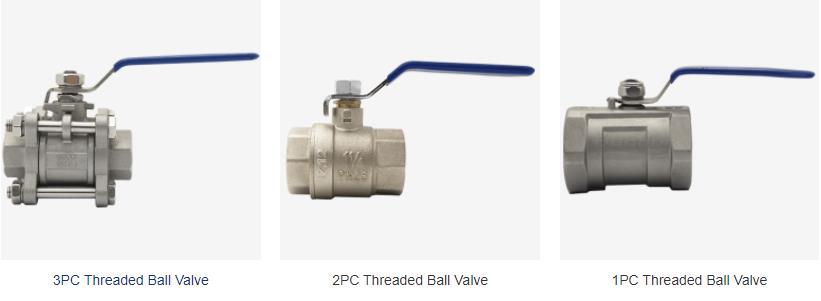
Ball valves evolved from rotary valves. It is the same as a butterfly valve in that it also needs to be rotated 90 degrees to open and close. The difference is that the butterfly valve is a butterfly plate, and the cock body of the ball valve is a sphere, which passes through its axis through a circular through hole or channel.
The ball valve can cut off, distribute and change the flow direction of the medium in the early pipeline. It only needs to be rotated by 90 degrees and closed with a small torque. Therefore, the ball valve is most suitable for use as an on / off valve. Has been widely used in petroleum refining, long-distance pipelines, chemical industry, papermaking and other industries.
 简体中文
简体中文 Русский
Русский Español
Español Bundor - Butterfly, Gate, Check, Ball, Globe Valve Manufacturer, Supplier & Distributor
Bundor - Butterfly, Gate, Check, Ball, Globe Valve Manufacturer, Supplier & Distributor
